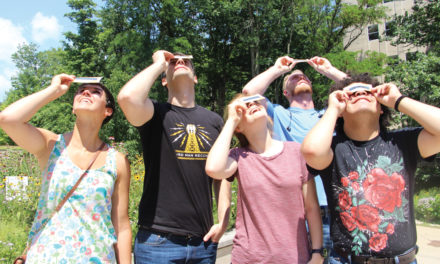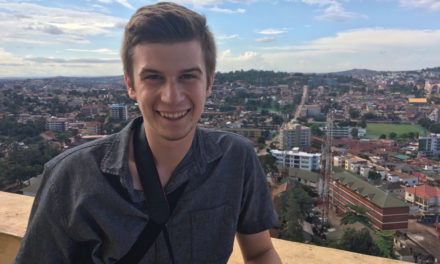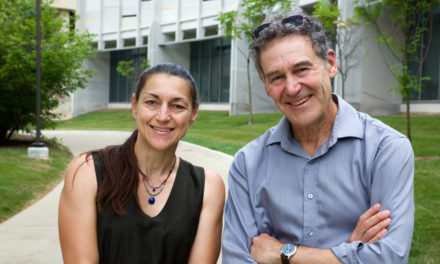
by PETER DORFMAN
In advanced economies, we rely every day on engineered objects— cars, jet engines, bridges—to get us from place to place. It’s crucial that these devices retain their structural integrity. Fortunately, engineers can analyze these devices to predict material failures due to stress and wear and tear before they happen—thanks in part to Bloomington-based Victor Technologies.
Engineer-entrepreneur Hal Sabbagh launched Victor Technologies in 1998 to commercialize an engineering analysis software called VIC-3D, a type of “eddy-current nondestructive evaluation (NDE).”
Government agencies like NASA and the Defense Department depend on this technique—and Victor Technologies—to test critical components like jet engine turbines and aircraft wings for manufacturing defects or stress failures.
NDE is loosely analogous to magnetic resonance imaging (MRI). Expose a hard material to an electromagnetic field and its atoms change their behavior in predictable ways. Victor’s technology can detect those changes and compare the patterns to a mathematical model of “normal” behavior—a baseline for that material. Deviations from the normal behavior indicate a structural change, possibly the beginning of material failure.
The technology works on metals, but also the complex composite materials used in today’s aerospace systems.
Sabbagh, 84, and associates have funded VIC-3D’s development largely through federal Small Business Innovation Research (SBIR) grants, and sold the software through government and commercial contracts, mostly through personal relationships.
Sabbagh taught electrical engineering and physics at the Rose-Hulman Institute of Technology in Terre Haute from 1964 to 1972. He and his wife, Sandy, who later became a local Realtor, moved to Bloomington when Sabbagh went to work at the Naval Weapons Support Center
at Crane. He left Crane in 1980 to form a consulting firm with his brother David, which ultimately led to Victor Technologies.
“David and I were raised at Purdue, in West Lafayette,” Sabbagh says. “Our dad taught there for 42 years. He got the fifth Ph.D. ever awarded at Purdue.”
David is no longer involved in the organization, and Victor Technologies is now essentially a three-person operation—and a remote work success story. Sabbagh works from a home office in Bloomington. His son, Elias, the firm’s main software architect, is in Chicago, and senior physicist Kim Murphy is in Little Rock, Arkansas.
Ultimately, partnerships with larger companies could help scale up operations to address higher volume applications in other industries. For now, though, “we’re interested in making money solving complex technical problems,” Sabbagh says.















